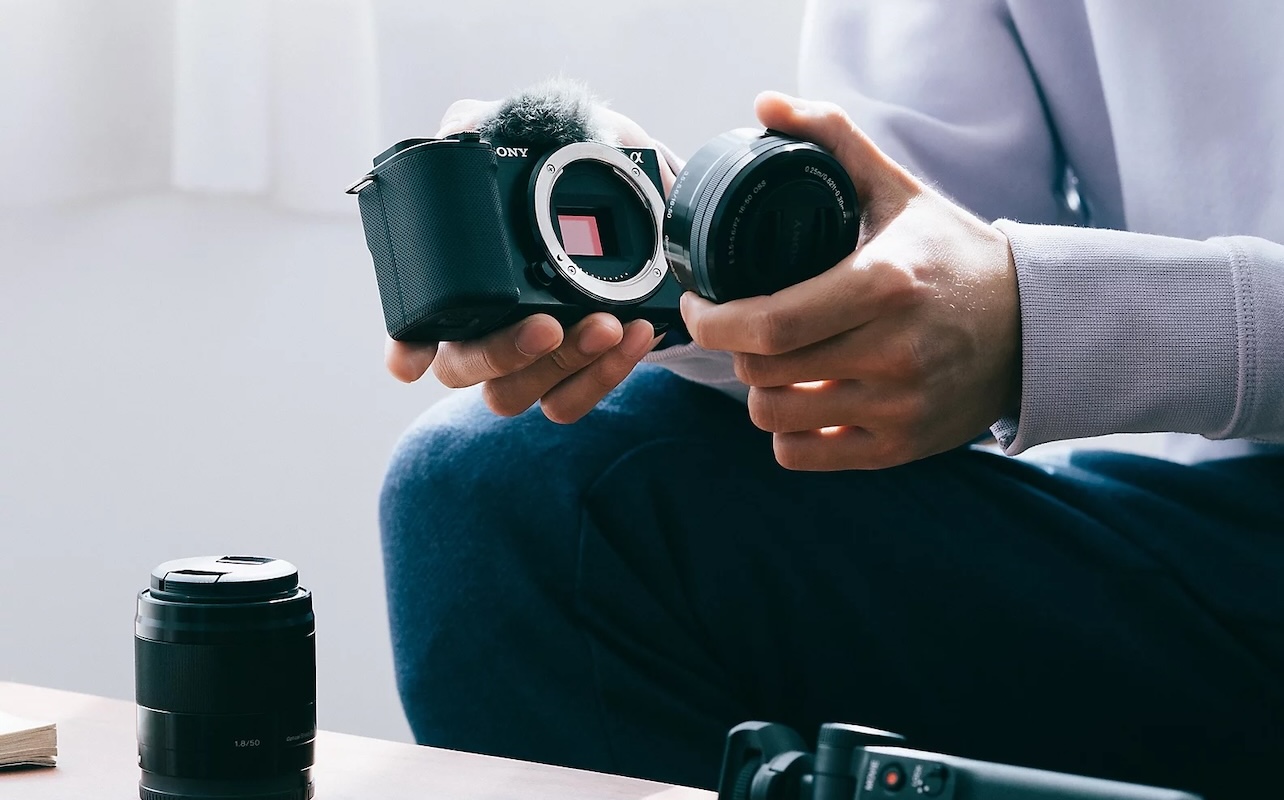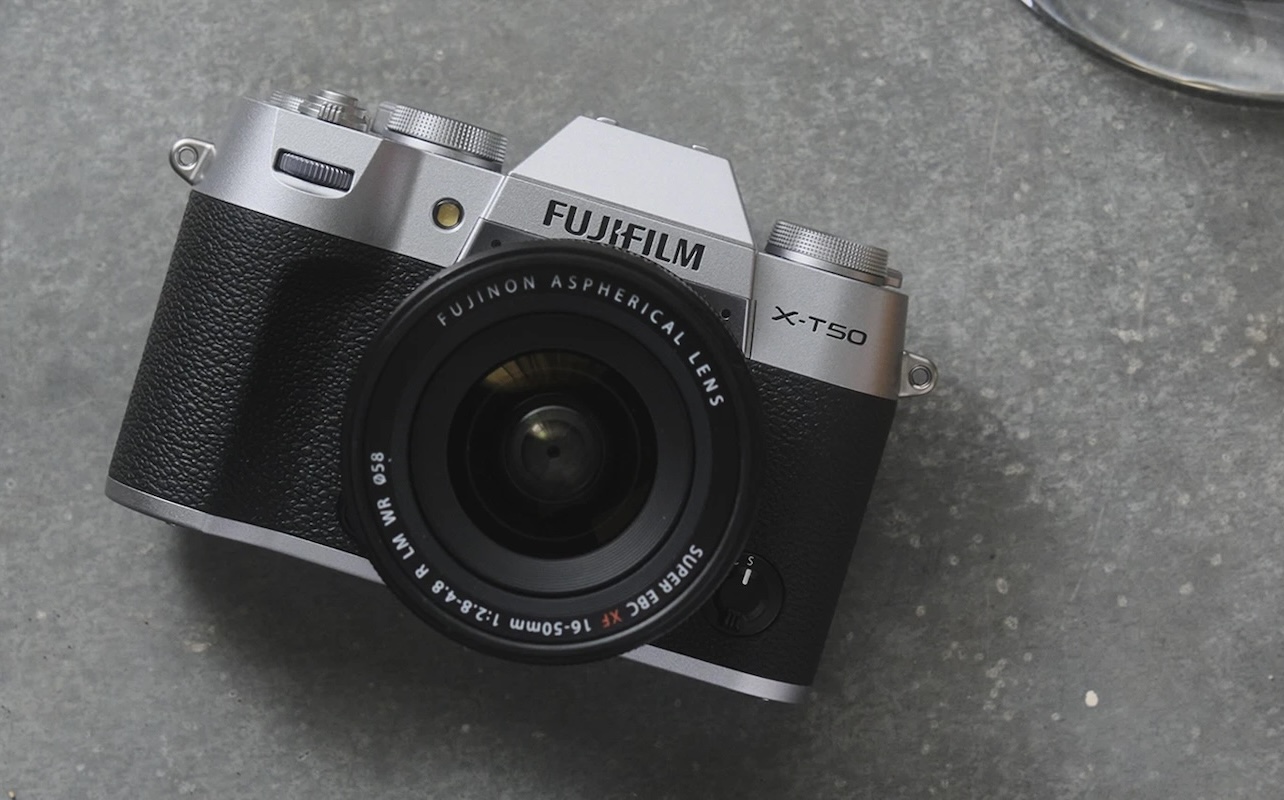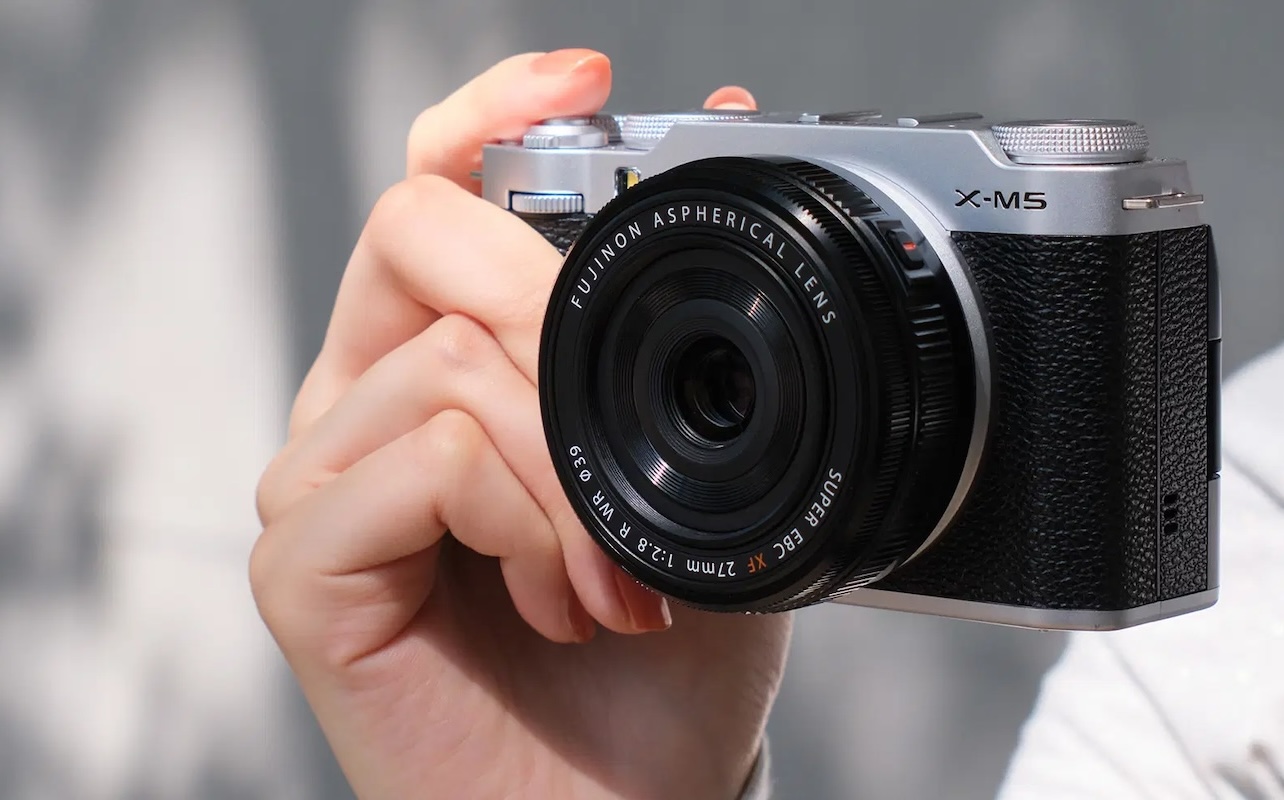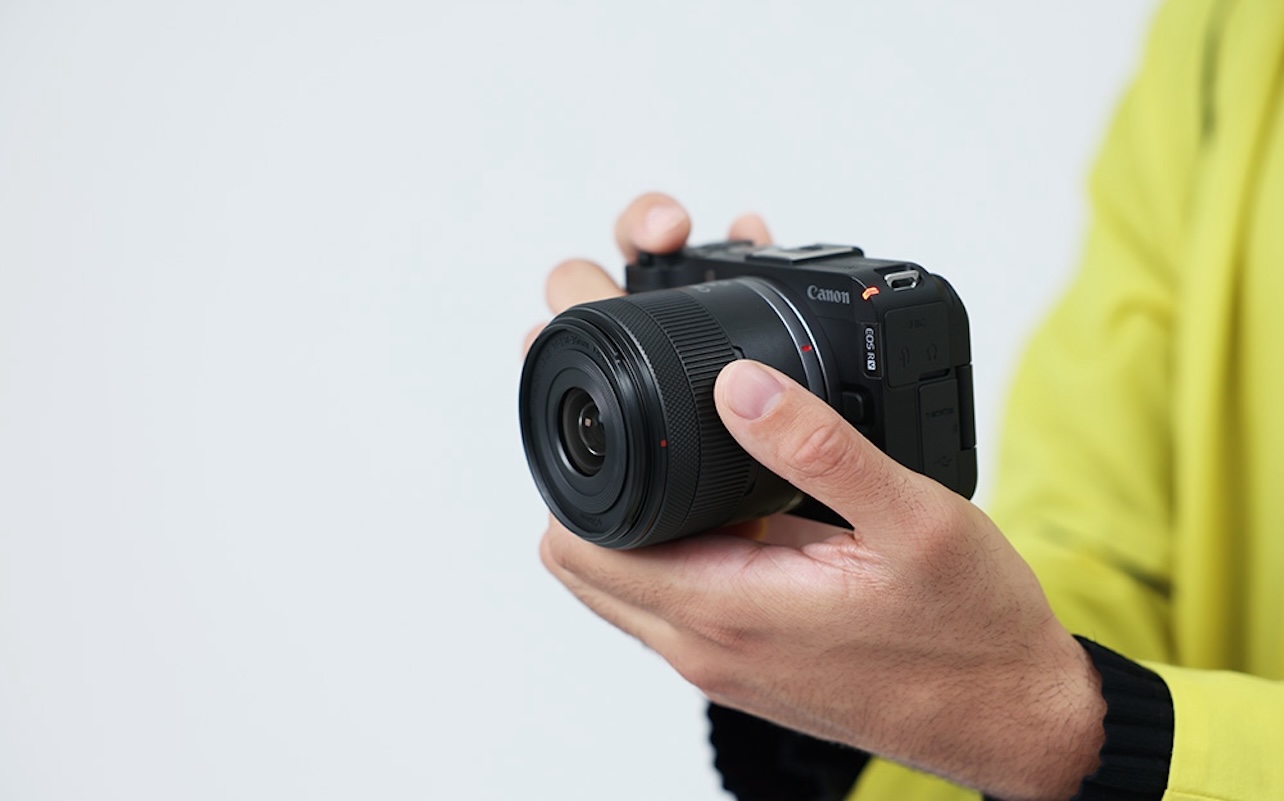
Over the past decade, the world of digital photography has evolved dramatically. From the bulky film cameras of the 1950s to today’s sleek, cutting-edge digital cameras, the photography industry has seen a monumental shift. One of the most notable advancements in recent years has been the rise of mirrorless cameras. These cameras have gained immense popularity among both photographers and videographers for their portability, speed, and advanced features. But what exactly is a mirrorless camera, and how does it work?
In this post, we’ll explore what makes these mirrorless devices unique, how they differ from traditional DSLR cameras, and why you might want to consider one for your next photography or videography project.
What is a mirrorless camera?
A mirrorless camera is a type of digital camera that, as the name suggests, doesn’t use a mirror mechanism like a DSLR (digital single-lens reflex) camera. DSLRs work by reflecting light through a mirror and optical viewfinder, then capturing its reflection on a digital sensor. Mirrorless cameras use an image sensor to capture light and display it directly on an electronic viewfinder (EVF) or LCD screen. Without the mirror, there’s no intermediary optical viewfinder step.
The absense of the mirror and optical viewfinder in mirrorless cameras allows these camera bodies to be more compact and lightweight than DSLRs without sacrificing quality. For photographers and videographers who value portability, that makes them an attractive option.
How does a mirrorless camera work?
To understand how these cameras work, let’s break down their basic components and compare them to the mechanisms of a DSLR.
Basic components of a mirrorless camera:

- Lens: The lens on a mirrorless camera is similar to any other camera lens, capturing light and focusing it onto the image sensor.
- Image Sensor: The image sensor captures the light from the lens and converts it into an image. This sensor is always exposed to light, unlike in DSLRs, where the mirror reflects light up into the viewfinder.
- Electronic Viewfinder (EVF) or LCD Screen: Instead of an optical viewfinder, these cameras rely on either an electronic viewfinder or an LCD screen to display the live image captured by the sensor.
How it compares to a DSLR:
In a DSLR, the light enters through the lens, bounces off a mirror, and is reflected through an optical viewfinder. The mirror flips up very briefly when you take a picture, allowing light to hit the image sensor. (The motion of this mirror is why the optical viewfinder in your DSLR “blinks” when you take a photo.) The presence of the mirror adds size and weight to DSLRs.
In contrast, a mirrorless camera does not have a mirror. The image sensor is constantly exposed to light, and when you press the shutter, the sensor captures the image exactly as previewed. Since there’s no mirror, there’s no optical viewfinder—instead, you see a digital preview of the image through the EVF or LCD screen.
Mirrorless vs. DSLR: Key differences
If you’re wondering whether a mirrorless camera is the right choice for you, it’s essential to understand the key differences between them and DSLR cameras. Here’s a quick rundown:
- Size and weight: Mirrorless cameras are generally more compact and lightweight than DSLRs, making them easier to carry around for extended periods.
- Viewfinder: Mirrorless cameras use an electronic viewfinder (EVF) or LCD screen. DSLRs have an optical viewfinder that displays the image through the lens.
- Autofocus systems: Mirrorless cameras often use contrast-detection or phase-detection autofocus systems, which can offer faster and more accurate autofocus in certain situations. DSLRs typically rely on phase-detection autofocus, which tends to perform better in low-light conditions.
- Battery life: Mirrorless cameras usually have shorter battery life due to their reliance on electronic components. DSLRs can last longer because they don’t use an EVF or LCD screen constantly.
- Lens compatibility: While both mirrorless and DSLR cameras support interchangeable lenses, mirrorless systems often require adapters to use lenses designed for DSLRs. However, adapters are easy to purchase and use, and the selection of native mirrorless lenses is rapidly growing. With the right adapter, you can even use mirrorless cameras with vintage SLR lenses!
To learn more about the differences between mirrorless and DSLR cameras, check out our DSLR vs. mirrorless cameras: Which one is right for you article.
Advantages of mirrorless cameras

Mirrorless cameras come with a host of benefits that make them an attractive choice for both budding photographers and seasoned pros. Here are some of the top advantages.
Real-time exposure preview
One of the standout features of mirrorless photography equipment is the ability to preview exposure settings in real-time. With an electronic viewfinder (EVF) or LCD screen, mirrorless cameras provide an instant visual preview of how your image will look, taking into account your settings like aperture, shutter speed, and ISO. This feature gives you more control and confidence in your shots, as you can make adjustments on the fly and immediately see the effects. By contrast, a DSLR’s optical viewfinder will show you what the human eye sees, and the LCD screen on a DSLR can be more of an estimation than an exact preview.
Faster and more accurate autofocus
Another major advantage of going mirrorless is the improvements you’ll see in your autofocus system. Many modern mirrorless models use a hybrid autofocus system that combines phase-detection and contrast-detection technology. This allows for faster, quieter, and more accurate focusing, especially when capturing moving subjects or shooting in dynamic environments. The autofocus is typically much quicker and more precise than that of traditional DSLR cameras, making going mirrorless a particularly attractive option for wilderness and sports photography or video.
Silent shooting
In addition, mirrorless cameras offer the benefit of silent shooting. Because there’s no mechanical shutter, the camera can operate silently when capturing images, which is especially valuable in situations where noise could be disruptive. For instance, if you’re shooting a wedding, wildlife, or any other quiet or candid scene, the absence of a shutter sound can help you remain unobtrusive and capture moments without drawing attention.
Superior video capabilities
For videographers, mirrorless cameras often outshine DSLRs, especially in terms of video capabilities. Many mirrorless models support 4K video recording and can shoot at higher frame rates, providing professional-grade video quality for filmmakers. With their advanced video features and exceptional autofocus during video recording, mirrorless cameras are an excellent choice for anyone looking to capture high-quality motion footage.
In-body image stabilization (IBIS)

Lastly, many mirrorless cameras feature in-body image stabilization (IBIS). This technology helps reduce camera shake, allowing for smoother, sharper images, especially in low-light conditions or when shooting handheld. Whether you’re taking stills or recording video, IBIS can be a huge asset, making your shots more stable without the need for a tripod or external stabilizers.
Drawbacks of mirrorless cameras
While mirrorless cameras offer many advantages, they also come with a few drawbacks to consider:
- Shorter battery life: Since mirrorless cameras rely on electronic components like an EVF or LCD screen, they tend to have shorter battery life compared to DSLRs. This can be frustrating during long shooting sessions and photographers who are switching to mirrorless systems often find themselves having to buy and bring more battery packs than before.
- Higher cost: Mirrorless models, particularly full-frame mirrorless models, can be more expensive than their DSLR counterparts. They’re less accessible for beginners on a budget, but can incur lower costs over time as mirrorless camera bodies have no interior mirror to clean, reset, or have repaired.
- Limited lens selection: While the range of lenses available for mirrorless systems is growing, it can still be more limited compared to the vast selection of lenses available for DSLR cameras. However, many brands now offer lens adapters, allowing you to use DSLR camera lenses on mirrorless bodies.
Who should consider a mirrorless camera?
Mirrorless cameras are a great choice for a variety of photographers and videographers. Here are some of the people who may benefit most from using one:
- Beginner photographers: If you’re new to photography and want a lightweight, user-friendly camera with advanced features, a mirrorless camera might be just what you need.
- Enthusiasts and professionals: If you’re an experienced photographer or videographer who needs advanced features like fast autofocus, superior video capabilities, and a portable system, full frame mirrorless cameras can provide everything you need without the bulk of a DSLR.
- Videographers: Mirrorless cameras often excel in video capabilities, offering features like 4K recording, high frame rates, and better autofocus for video. If you’re a videographer looking for high-quality video footage, going mirrorless may be the perfect fit.
Making the switch to mirrorless: Is it right for you?

In conclusion, mirrorless cameras offer a range of benefits, from compact size to advanced video capabilities, that make them a compelling choice for many photographers and videographers. While they come with some drawbacks (like shorter battery life and a potentially higher price tag), they are quickly becoming the go-to choice for both enthusiasts and professionals alike.
If you’re ready to make the switch or just starting out, check out our range of mirrorless cameras and camera accessories at Best Buy Canada. Explore the available options at Best Buy, where you can find a variety of mirrorless models suited to your needs. Whether you’re a beginner, an enthusiast, or a pro, you’ll find a camera that fits your creative vision.
Are you still unsure? Learn more about lenses in our Which lens do you need? guide.
This article was drafted using AI technology and then reviewed, fact-checked, and revised by a member of our editorial team.






Great explanation of how mirrorless cameras work and their advantages over DSLRs. The lighter design and faster autofocus make them perfect for both professionals and hobbyists. I often work with photographers who use mirrorless cameras for product shoots — they love the flexibility it provides.
If anyone needs help with professional photo retouching or background removal for their product shots, you can check out my service here:
Photo Background Remove (PBR)